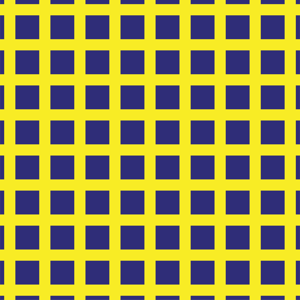There are rules for good design that every designer learns in the beginning. After all, it’s easy to be a bad designer. But to be a good designer takes not only creative talent, but knowledge of the elements of design and the whys behind them.
Design can be subjective. One person might love it, and another hate it. The goal of good design is to solve a problem in the most efficient way, to make sure that it communicates a message and attracts the viewer. After all, graphic design in marketing still follows the basic tenets of inbound marketing which are to attract, engage and delight its audience. Chances are if you stick to the rules you will always have a decent design. With experience, designers can break these rules because they understand all the dynamics and how they work together but make no mistake, deviations are intentional.
So, what are these rules? Well, you guessed it I am going to tell you. Just like knowing what the design mistakes are, learning the elements of design will make communicating with a designer easier. It will help businesses understand why design decisions are made. Also, if you need to design something yourself, you will have the basic knowledge to do so. So, let’s get to it.
Elements of Design

1. Space
I love me some space. I keep reiterating the need for space in design. It’s a powerful tool for delivering a message as well as making sure elements are legible. You can completely shape a design by using space. Examine design out in the wild and take note on how they use positive or negative space to create their design.

2. Lines
Lines are the most basic element but very powerful. We use lines every day in our lives. Anything you draw or type uses lines. You make a line when you align objects and when you take a picture. Heck, we need lines for traffic patterns. In design, lines can be used to show perspective, to show movement, and to guide our eyes around a page.

3. Shape
If you upgrade your line, you now have a circle, which is a shape. Shapes can create recognition and emotion. They are used everywhere. The shape of a Christmas tree probably makes a lot of people happy. We use that same idea in design. To make people feel. I use shapes for every logo I make. Without them the world would be pretty boring.

4. Color
This is the big boy of the elements. Color is extremely important. It aids in recognition, emotion, captures attention, organizes, adds emphases, and heightens other elements. Good use of color can make or break a design.

5. Size/scale
Design has to have the right size. Are you designing for a billboard or a sticker? Without the proper dimensions you soon find out that there is no way to move forward with your design. And it is not just for the physical aspect of it. Different sized elements in your actual design can be used to show importance, create hierarchy, show proportion, and create balance.

6. Texture
We associate texture with being physical, but it can be optical as well. Using texture, you can make 3d designs. Patterns also give the appearance of texture as well. Maybe your design looks like marble or wood. It can be physical too. Think about packaging and collateral. What kind of feel do you want them to have?

7. Value
Value refers to lightness and darkness in a design. We use light in photography to show a certain mood and we use light in design as well. We can use it emphasize and use it to show different shades of color. We can also use it to show texture and 3D.
In one way, shape, or form, these elements of design are used to make great designs. Mastering these will take you far. Once you master them, and only once mastered, can you then break them.
With this knowledge, working with a designer should be a lot easier. When you are presented with a design, recognizing any elements used will help you understand their decision-making process. It will make critiquing a lot more beneficial. You will be able to actually explain why you don’t like something in terms a designer will understand. So, combine some lines and shapes and make something pretty!